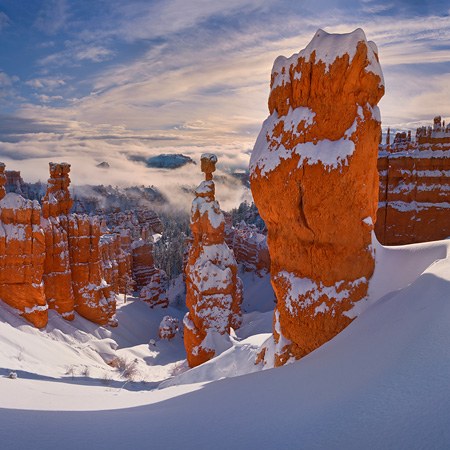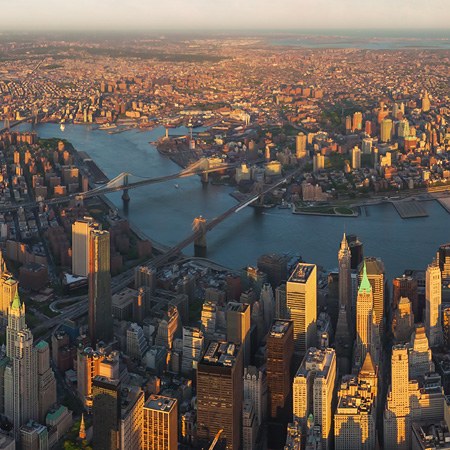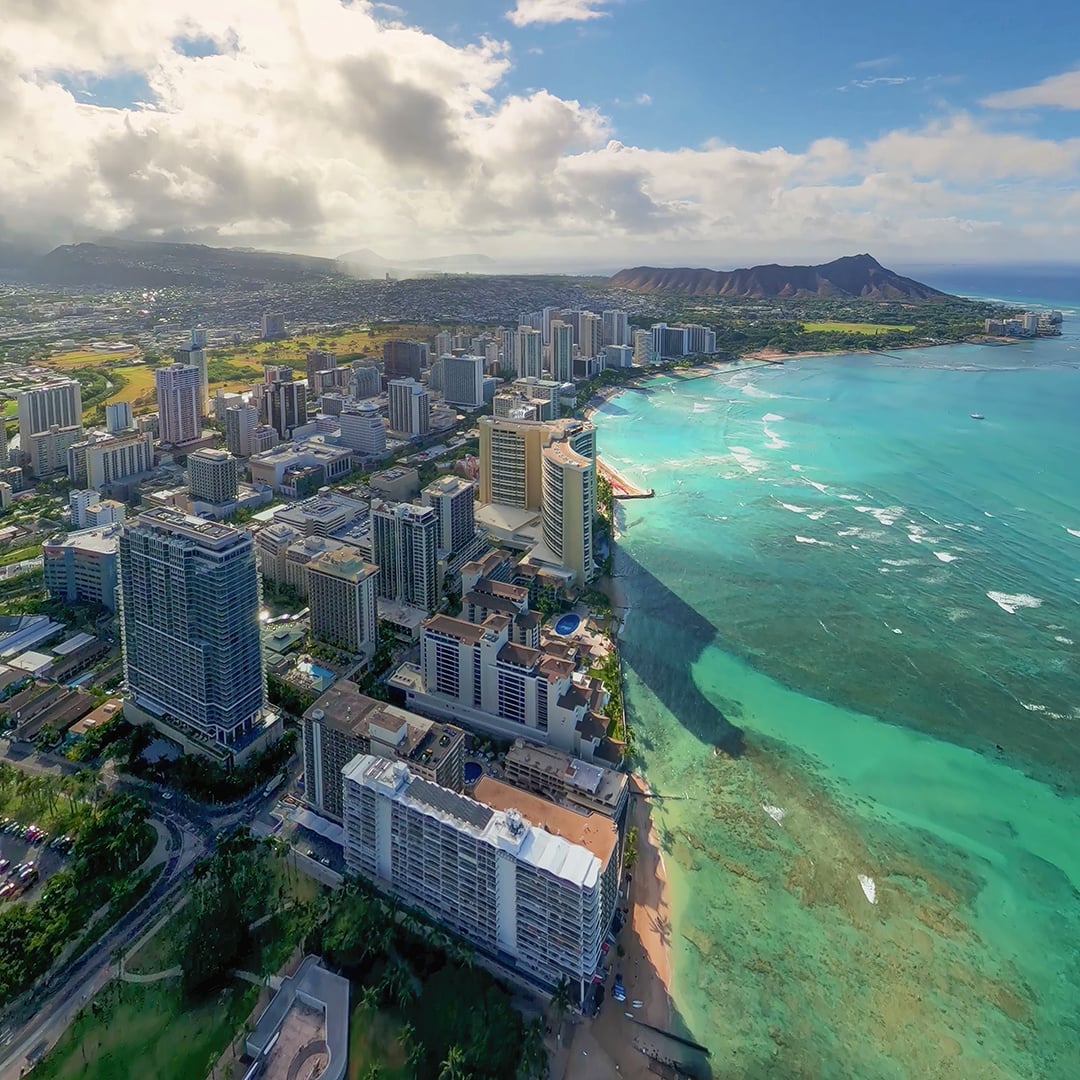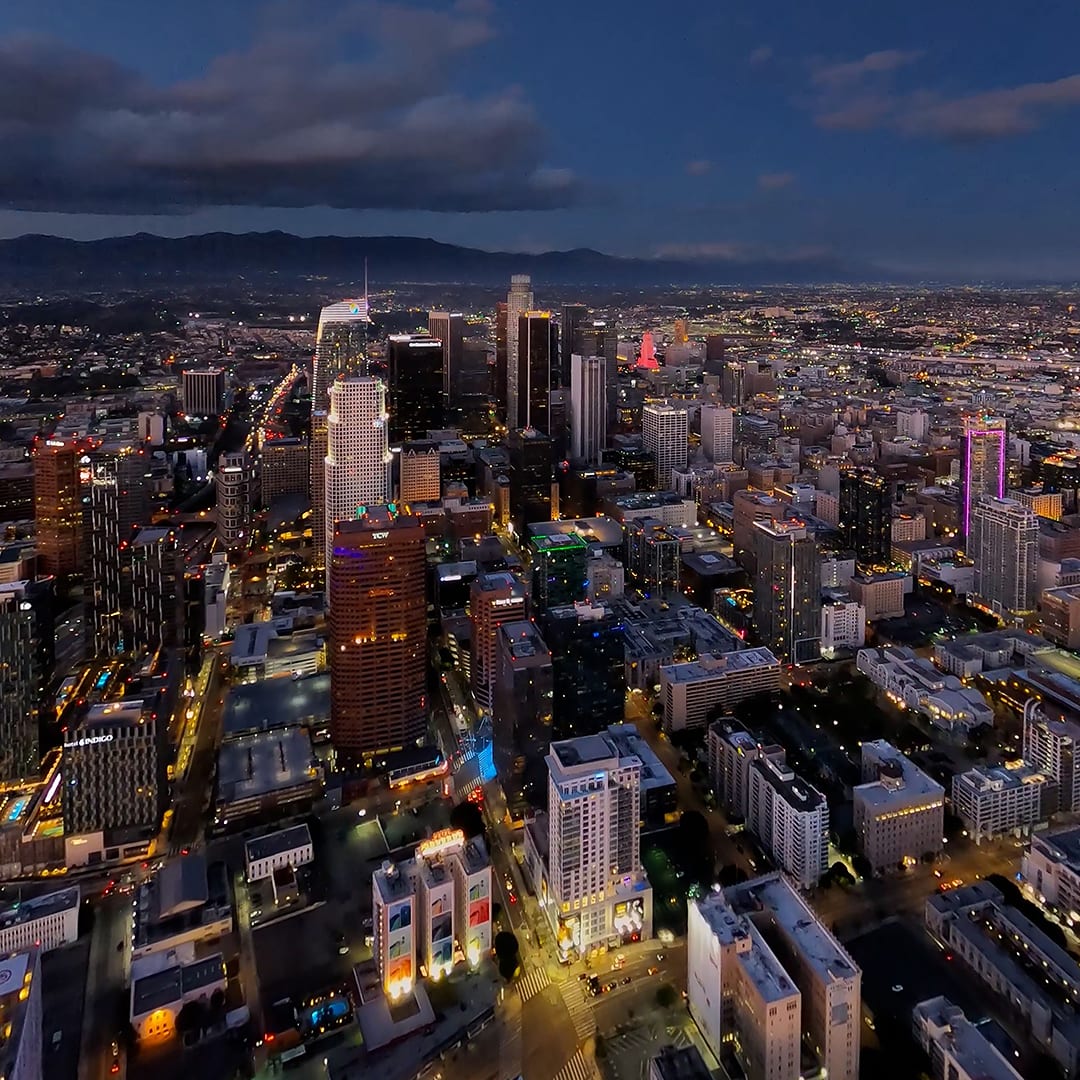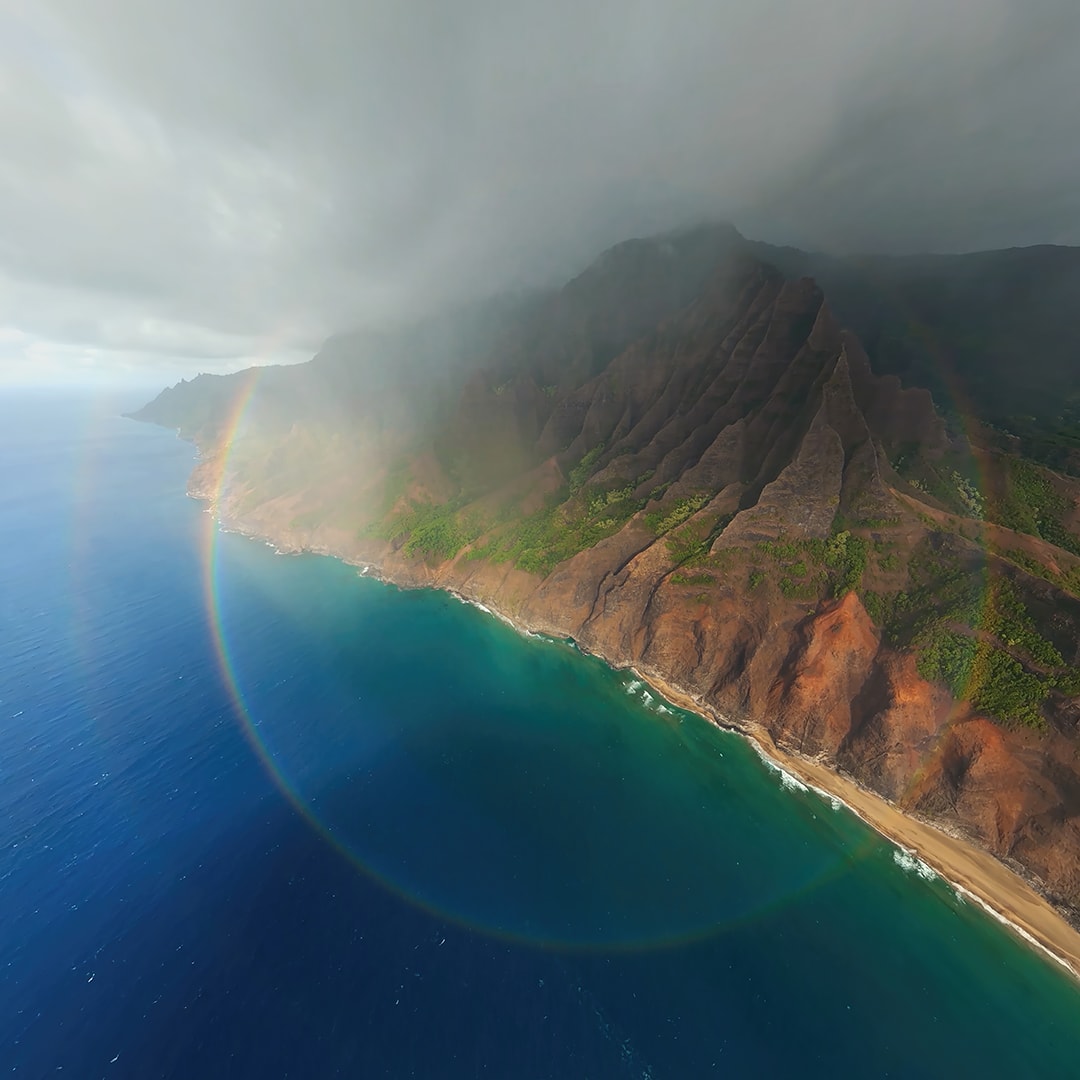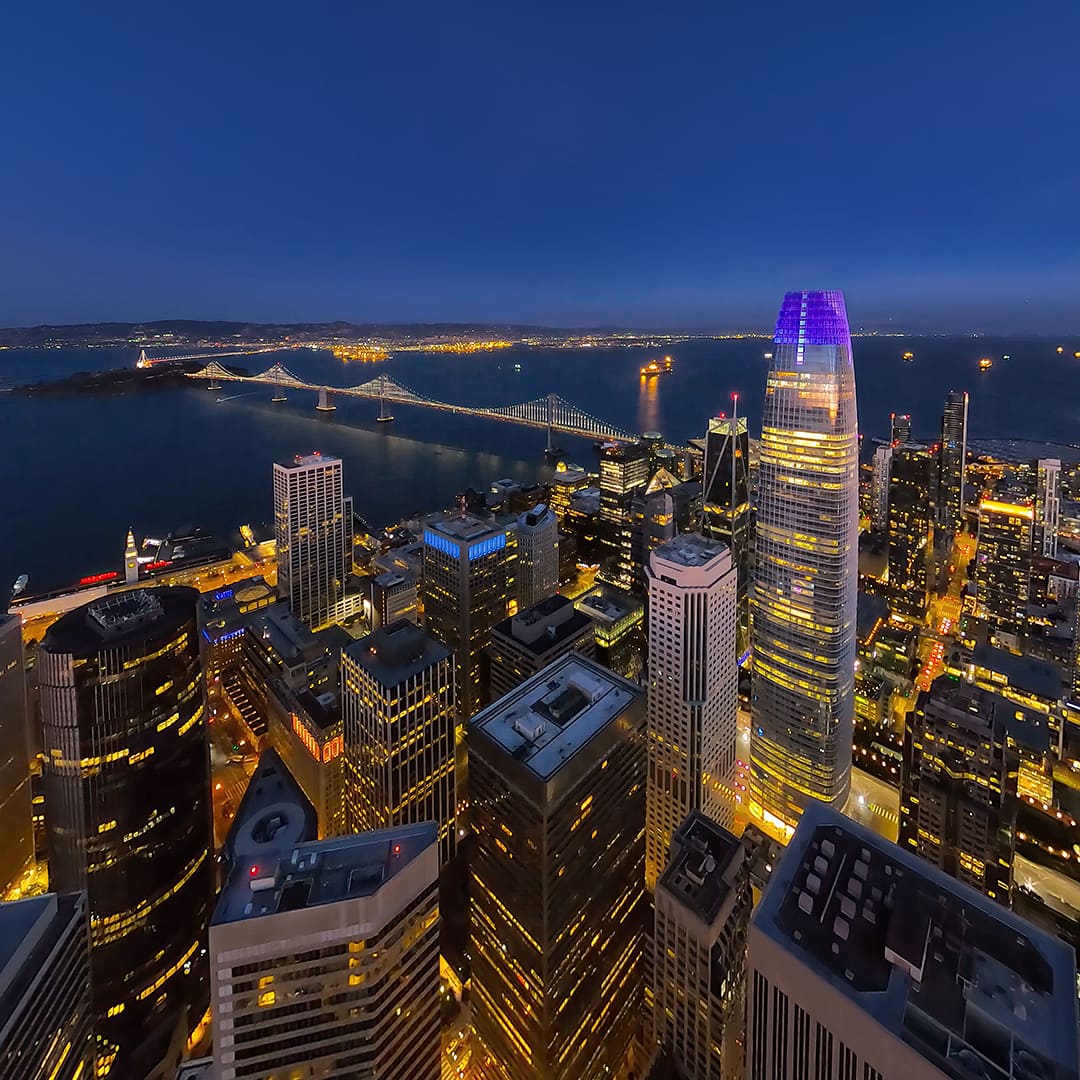Bryce Canyon, USA. Part I
With this video clip we begin our 360° video series of one of the magnificent Bryce Canyon National Park. Bryce is distinctive due to geological structures formed by wind, water, and ice erosion of the river and lakebed sedimentary rocks.
Earlier we have published photo panoramas of the winter Bryce Canyon. Now we present a 360° video of the National Park taken in the autumn.
Bryce Canyon National Park is a national park located in southwestern Utah in the United States. The park covers 145 sq km. Despite its name, the Bryce Canyon is not exactly a canyon but a giant natural amphitheater created by erosion along the eastern side of the Paunsaugunt Plateau. Bryce is distinctive due to geological structures formed by wind, water, and ice erosion of the river and lakebed sedimentary rocks.

Bryce Canyon sits at a much higher elevation than nearby Grand Canyon and Zion National Park. The rim at Bryce varies from 2 400 to 2 700 m, while southern rim of Grand Canyon is 2 100m above the sea level. This is why the climate and the ecological profile of the park are so different from its neighbors.
The Bryce area was settled by Mormon pioneers in the 1850s and was named after Ebenezer Bryce, who homesteaded in the area in 1874. The area around Bryce Canyon became a U.S. National Monument in 1923 and was designated as a national park in 1928. Comparing to Zion National Park and the Grand Canyon, this remote park receives relatively few visitors that come here for the opportunity to take unforgettable landscape pictures.

Authors of the video: Dmitry Moiseenko and Ivan Roslyakov
8 April 2016
Read more
 Bryce Canyon #14
Bryce Canyon #14
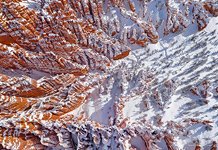 Bryce Canyon #3
Bryce Canyon #3
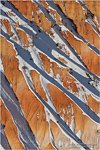 Bryce Graphics
Bryce Graphics
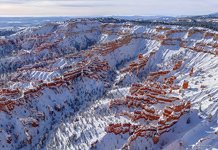 Bryce Canyon #6
Bryce Canyon #6
 Bryce Canyon #15
Bryce Canyon #15
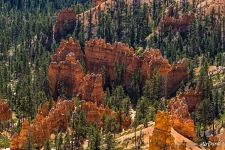 Bryce Canyon #21
Bryce Canyon #21
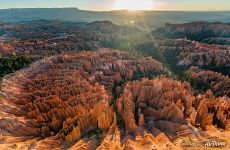 Bryce Canyon #11
Bryce Canyon #11
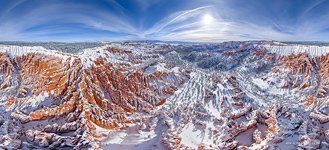 Bryce Canyon #2
Bryce Canyon #2
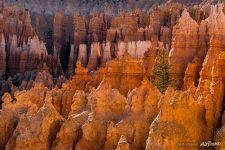 Bryce Canyon #23
Bryce Canyon #23
 Winter Fairy-Tail
Winter Fairy-Tail
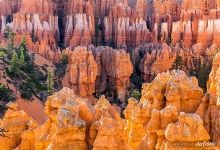 Bryce Canyon #12
Bryce Canyon #12
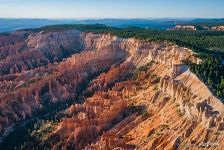 Bryce Canyon #17
Bryce Canyon #17
Virtual Travels in 360°
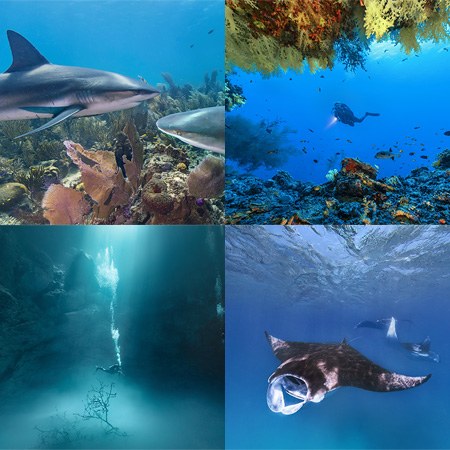 Underwater
Underwater
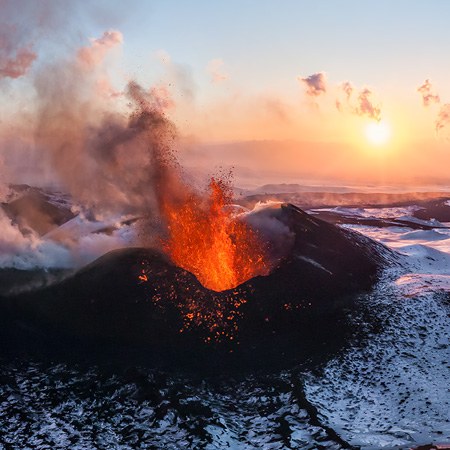 Volcano Plosky Tolbachik, Kamchatka, Russia, 2012
Volcano Plosky Tolbachik, Kamchatka, Russia, 2012
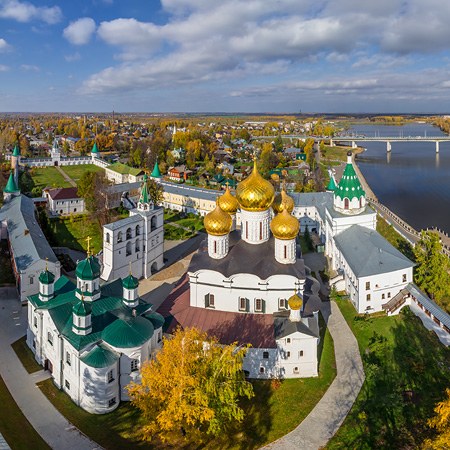 Golden Ring of Russia, Kostroma
Golden Ring of Russia, Kostroma
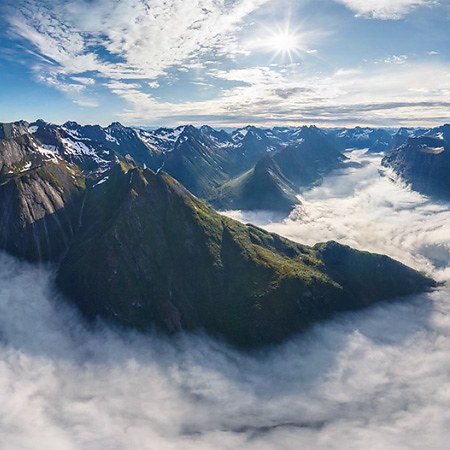 Norwegian Fjords
Norwegian Fjords
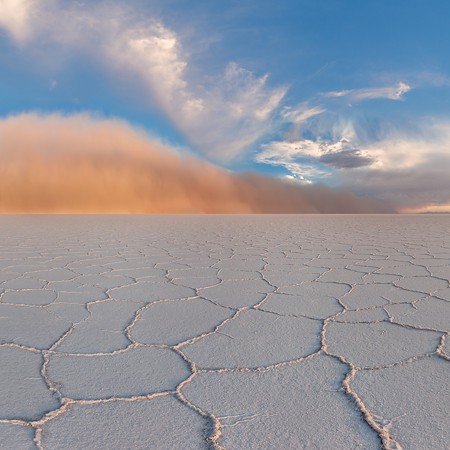 Salar de Uyuni, Bolivia
Salar de Uyuni, Bolivia
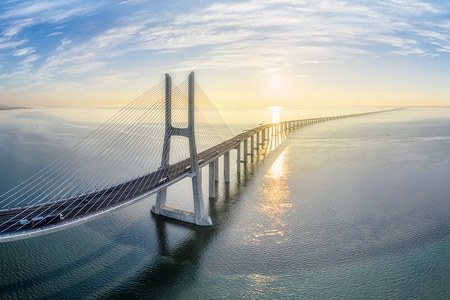 Lisbon, Portugal
Lisbon, Portugal
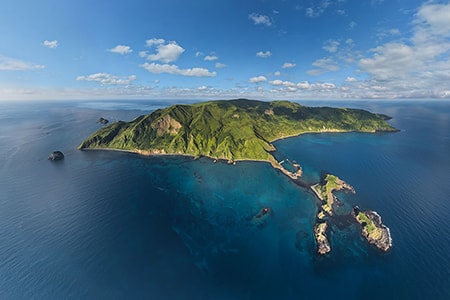 National Park Moneron Island. 8K 360° virtual travel
National Park Moneron Island. 8K 360° virtual travel
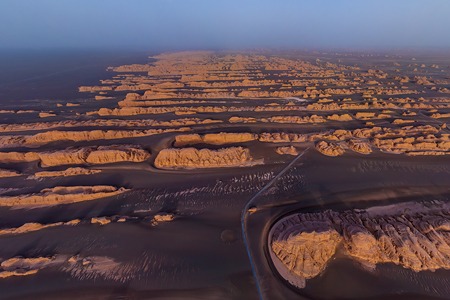 Dunhuang Yardang National Geopark, China
Dunhuang Yardang National Geopark, China
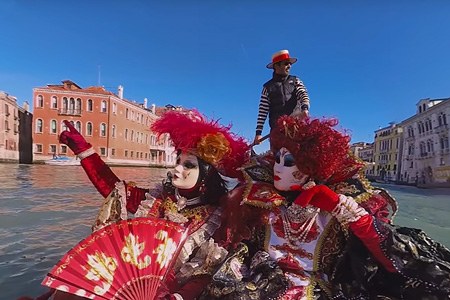 Carnival of Venice. Part I
Carnival of Venice. Part I
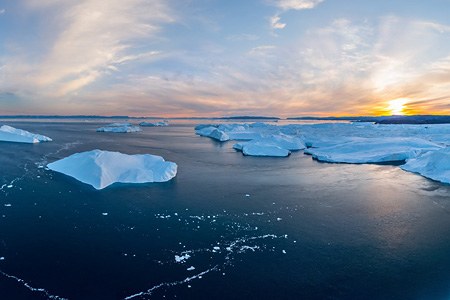 Icebergs of Greenland. Part IV
Icebergs of Greenland. Part IV
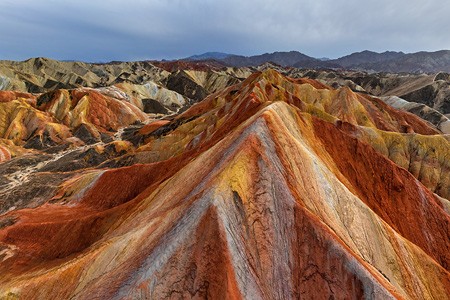 Colourful mountains of the Zhangye Danxia Geopark, China
Colourful mountains of the Zhangye Danxia Geopark, China
Show more




